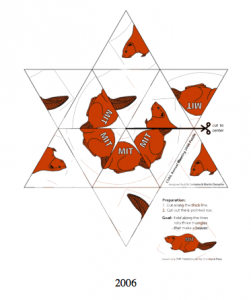A new study involving 1800 middle-class teens in grades 10 and 11 found students who work more than 20 hours a week at part-time jobs during the school year are more likely to have academic and behavior problems than those who work less hours. Problems the teens experienced included:
- reduced school engagement
- lower expectation for further education
- an increase in illegal activities
- stealing
- carrying a weapon
- using alcohol and illicit drugs
Researchers also found the negative behaviors continued after the students working over 20 hours a week worked less hours or stopped working completely. Students who worked fewer hours experienced significantly less negative effects.
The study leader Kathryn C. Monahan said, although it wasn’t likely law-abiding teenagers would become felons or flunk out of school due to a 20 hour work week, the results were significant and should cause concern in parents.
If students are working more than 20 hours they may need to help support their family, be saving for college, paying their bills or a variety of other things. No matter what the reason and financial situation, students have a many tools they can use to realize their options and evaluate their priorities. The following list is a compilation of skills students need for success:
Time Management
- If students are working, going to school, involved in school activities, socializing, etc. they need to know when to say “No.”
- To help students find where they need to cut back have them write a schedule. Writing a schedule helps students:
- Commit
- Determine what’s important
- Feel accomplished when they cross something off
Priorities- The act of writing lists may bring students to the realization that they need to prioritize. If a student doesn’t see how they can prioritize their activities any different, ask them to prioritize their goals (getting a scholarship to college, passing a class, paying car insurance). Help the student see how they spend their time today will effect the outcome of tomorrow.
Options- If students must work, can they work on the weekends? Can they talk to their boss about getting more convenient hours with their school schedule? When students are writing down their options, ask them to write the pros and cons for each item.
Let students know that you understand it is hard to balance work and school. Give students support and help them find their options so they can focus on their academics and not have to stress about finances.
— Read the original article at http://consumer.healthday.com/Article.asp?AID=649480












![By Gnarlycraig (Own work) [Public domain], via Wikimedia Commons](http://upload.wikimedia.org/wikipedia/commons/b/b4/Studying.jpg)



